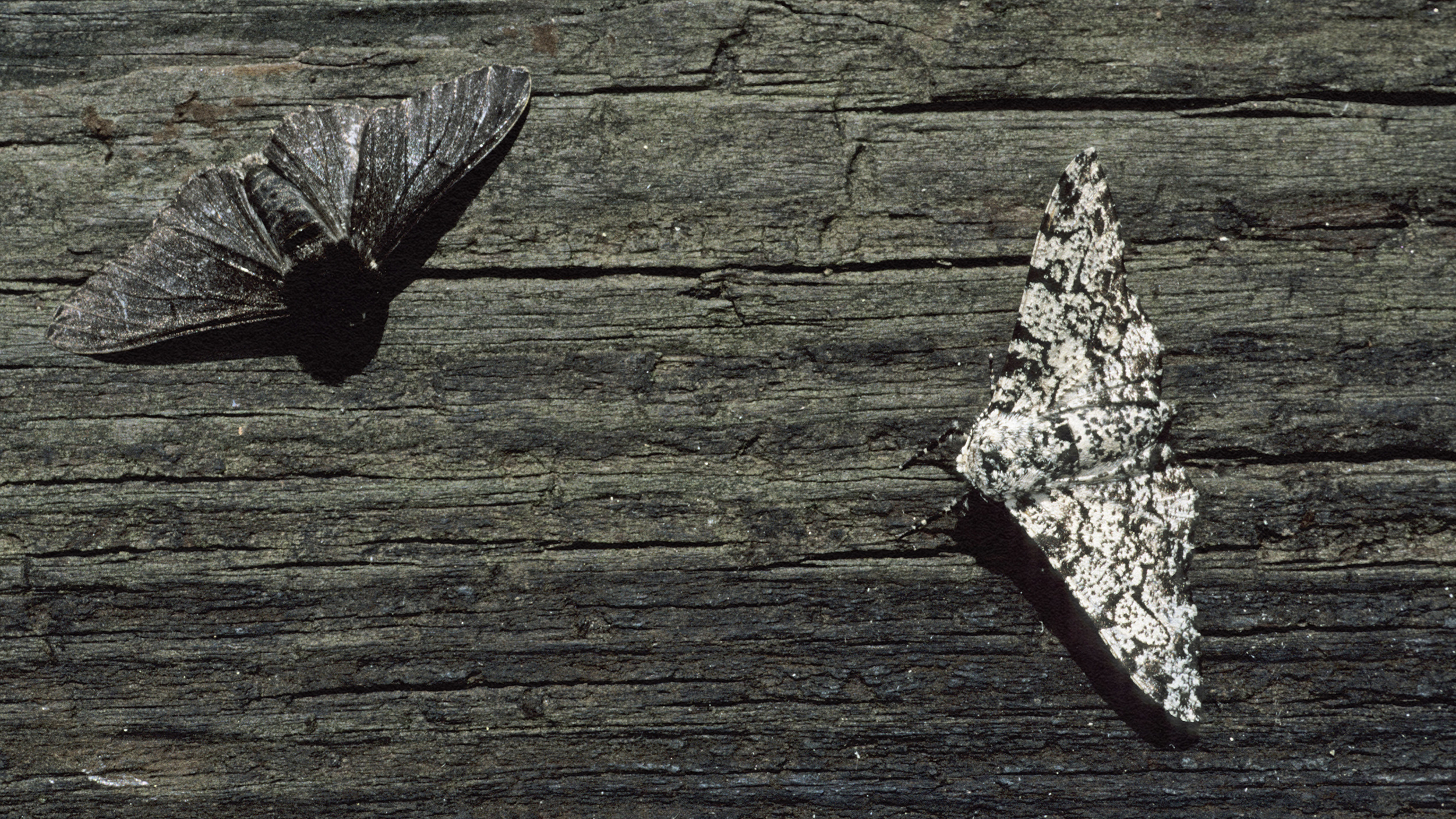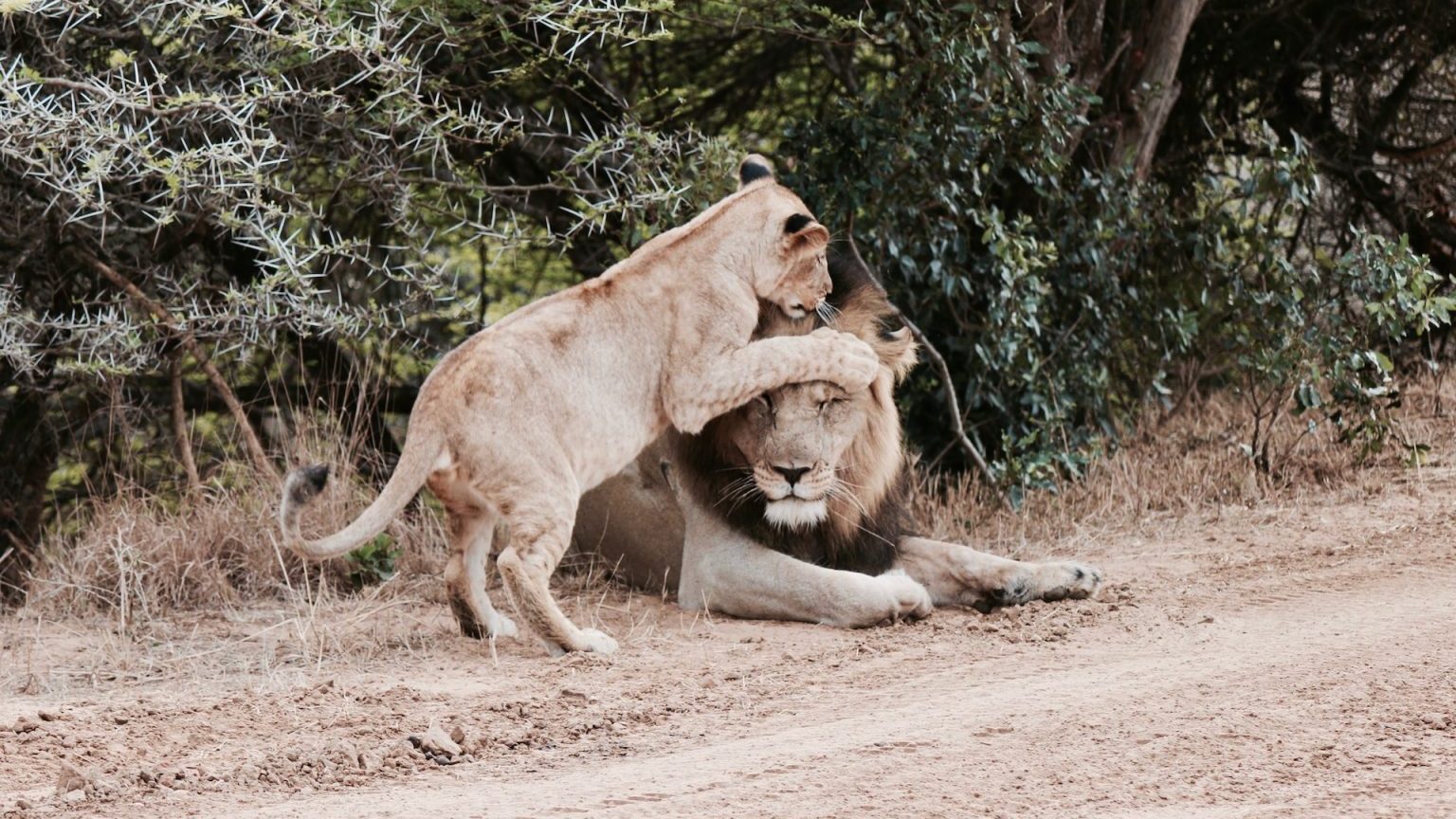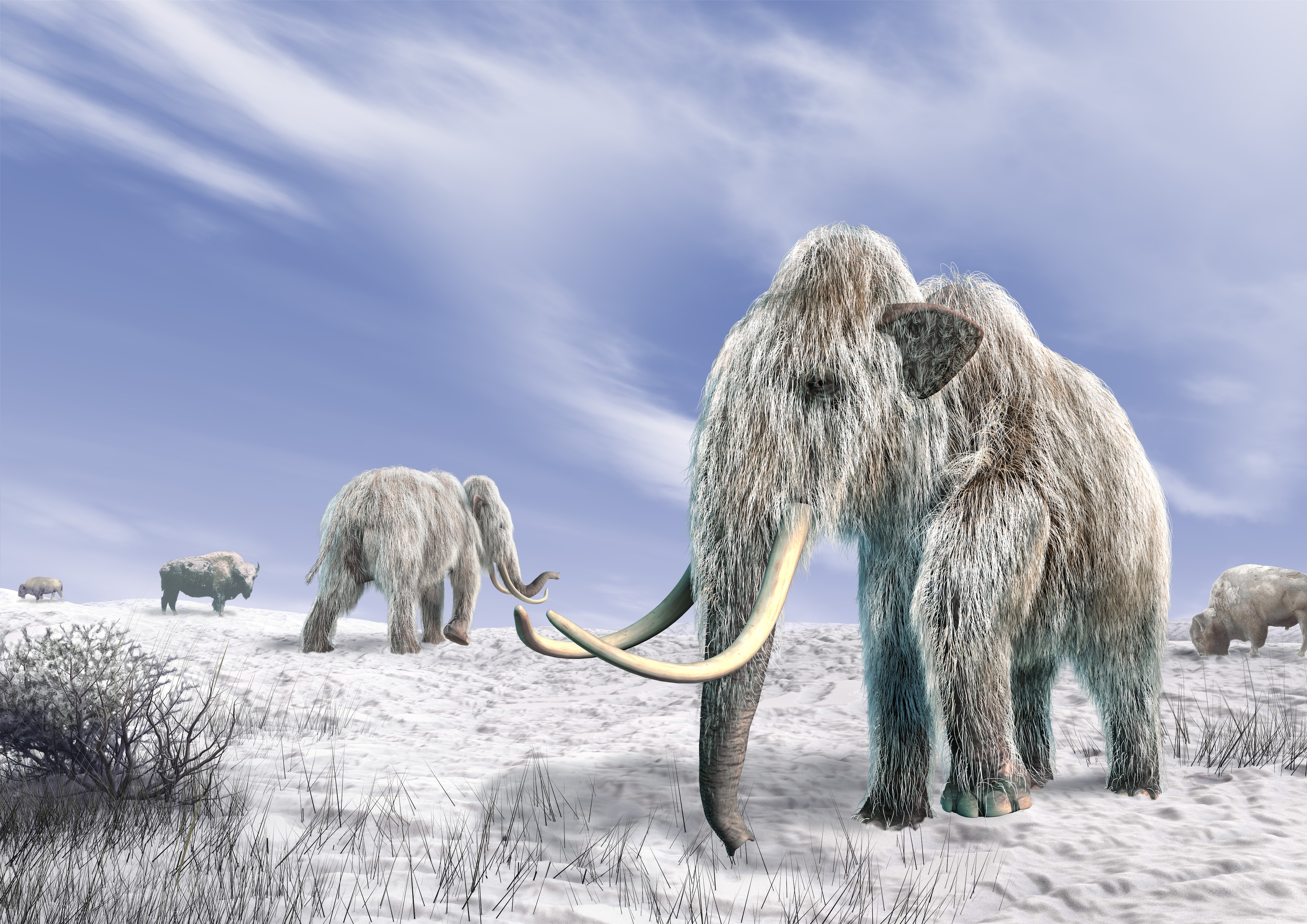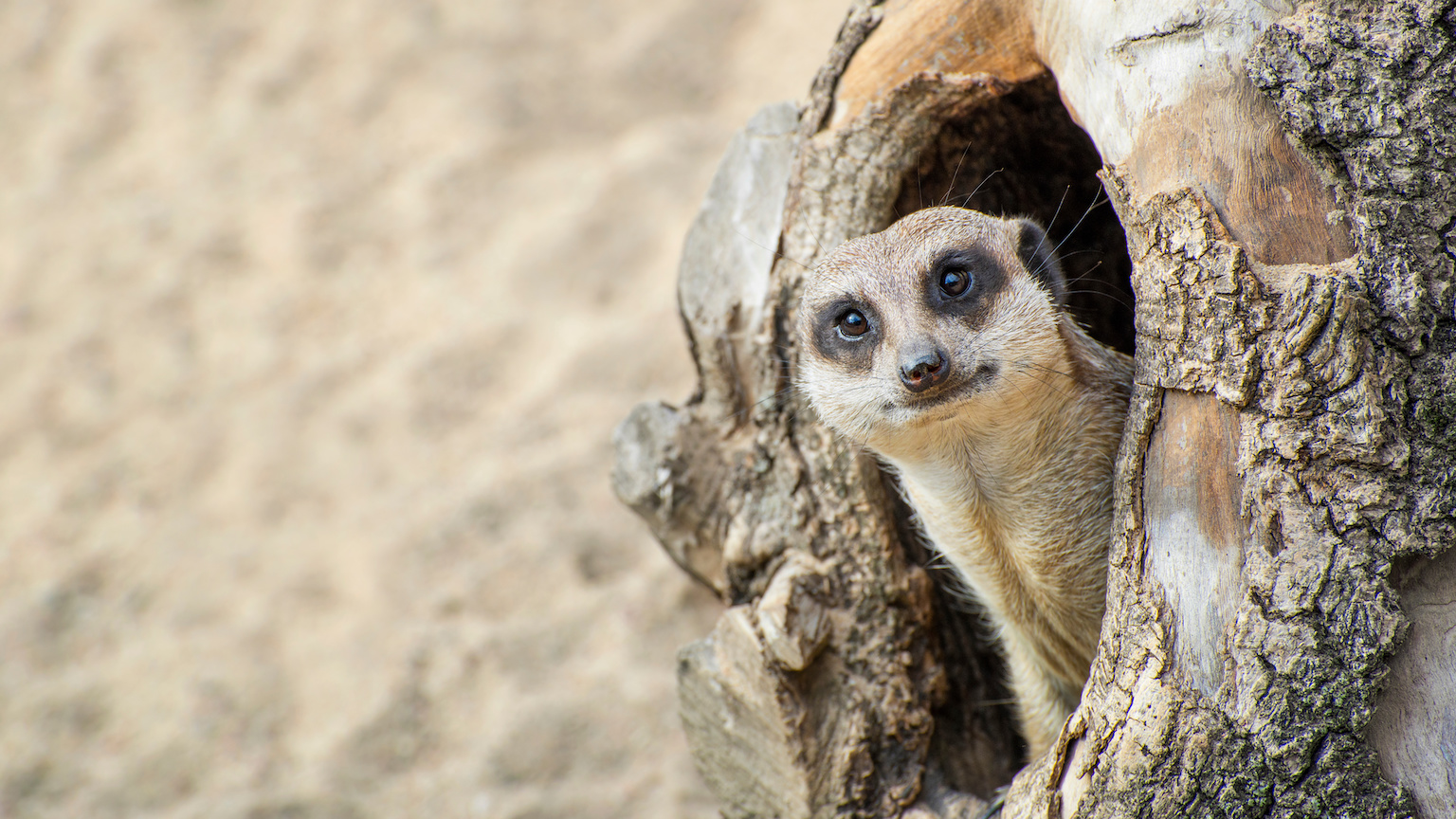Urban foxes may be self-domesticating

Photo by JUSTIN TALLIS/AFP via Getty Images
- A study from the University of Glasgow finds urban foxes evolved differently compared to rural foxes.
- The skulls of the urban foxes are adapted to scavenging for food rather than hunting it.
- The evolutionary changes correspond to Charles Darwin’s “domestication syndrome.”
How much can living in the city change you? If you were an urban fox, you could be evolving yourself to a whole new stage and becoming more like a dog, according to a fascinating new study.
Researchers compared skulls from rural foxes around London with foxes who lived inside the city and found important variations. Rural foxes showed adaptation for speed and hunting after quick, small prey, while urban fox skulls exhibited changes that made it easier for them to scavenge, looking through human refuse for food, rather than chasing it. Their snouts were shorter and stronger, making it easier to open packages and chew up leftovers. They also have smaller brains, not meant for hunting but for interacting with stationary food sources, reports Science magazine.
Interestingly, there was much similarity found between the male and female skulls of the urban foxes.
The observed changes correspond to what Charles Darwin called the “domestication syndrome,” comprised of traits that go along with an animal’s transition from being wild, to tamed, to domesticated.
The study was led by Kevin Parsons, an evolutionary biologist at the University of Glasgow.
“What’s really fascinating here is that the foxes are doing this to themselves,” Parsons told the BBC. “This is the result of foxes that have decided to live near people, showing these traits that make them look more like domesticated animals.”
The researchers are not suggesting you should go out and get a fox as a house-pet just yet. But they are seeing the evolutionary process taking place that’s moving the urban foxes along the path towards becoming more like dogs and cats, explained the study’s co-author Dr. Andrew Kitchener from National Museums Scotland.

A fox beneath a tree in Greenwich park, south east London on May 14, 2020.Photo by Glyn KIRK / AFP
“Some of the basic environmental aspects that may have occurred during the initial phases of domestication for our current pets, like dogs and cats, were probably similar to the conditions in which our urban foxes and other urban animals are living today,” said Kitchener. “So, adapting to life around humans actually primes some animals for domestication.”
The specimen came from the National Museum Scotland’s collection of around 1,500 fox skulls.
You can read the study in the Proceedings of the Royal Society B.

A fox at the LV County Championship, Division two match between Surrey and Derbyshire at The Brit Oval on April 9, 2010 in London, England.Photo by Clive Rose/Getty Images





